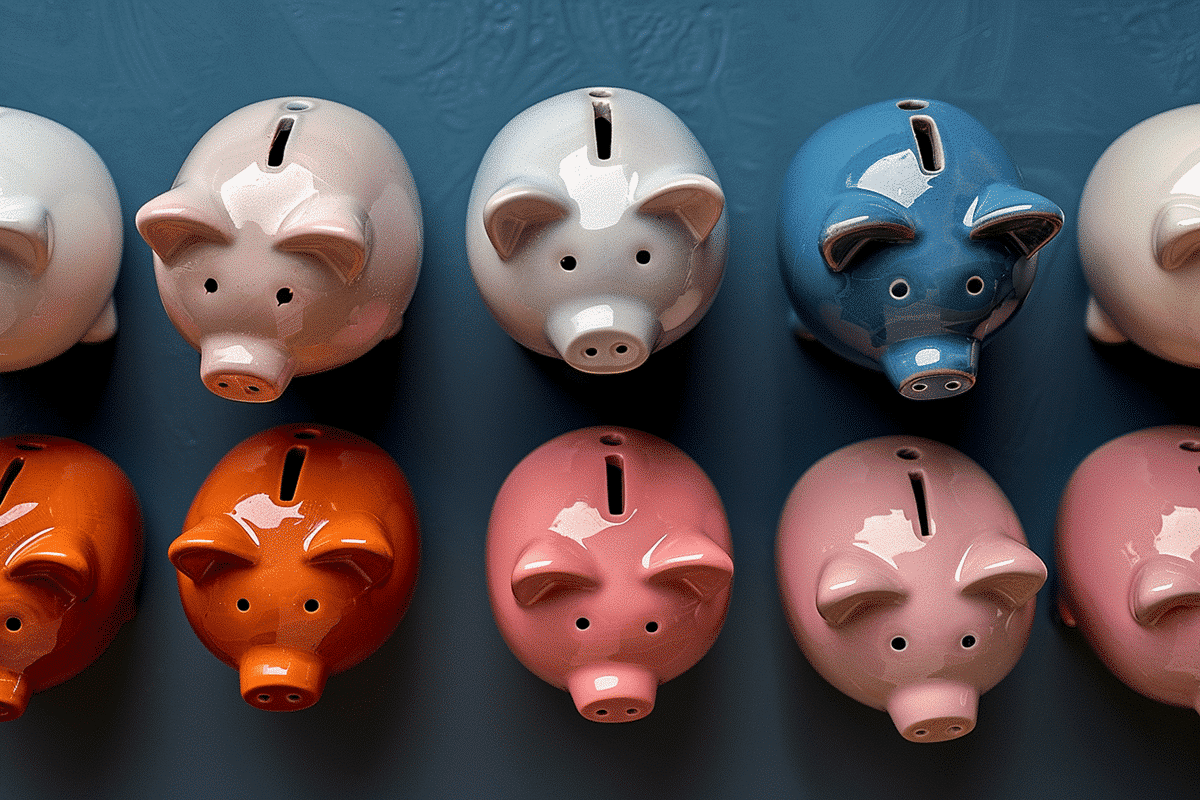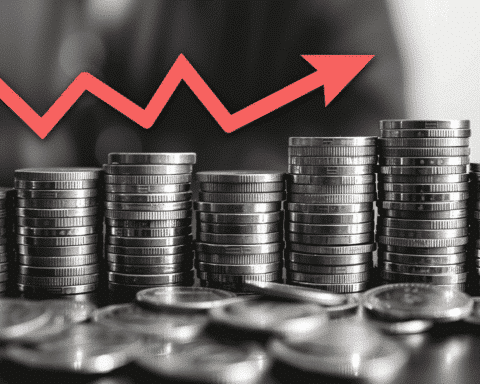In the ever-evolving landscape of personal finance, individuals are increasingly seeking ways to make their money work harder for them. With traditional checking accounts offering minimal interest rates, many are exploring alternative avenues to optimize their cash reserves. Here are 10 smart alternatives to parking your money in a checking account:
- Debt Repayment: Instead of letting cash sit idle, prioritize paying off high-interest debts such as credit card balances or auto loans. This strategy not only reduces financial liabilities but also eliminates accruing interest expenses.
- High-Yield Savings Accounts: Modern high-yield savings accounts offer significantly better interest rates than traditional checking accounts. By depositing surplus funds into these accounts, individuals can capitalize on higher returns, potentially earning hundreds of dollars annually.
- 401(k) Contributions: Increasing contributions to a 401(k) retirement plan not only secures long-term financial stability but also offers immediate tax benefits. Maxing out contributions or at least meeting employer match thresholds can significantly boost retirement savings.
- Traditional IRA: Opening a traditional IRA presents an opportunity for tax-deductible retirement savings. With contribution limits of $7,000 ($8,000 for those aged 50 and over) in 2024, individuals can further enhance their financial portfolios.
- Roth IRA: A Roth IRA offers tax-free growth on retirement investments, making it an attractive option for long-term wealth accumulation. Like traditional IRAs, contribution limits for 2024 stand at $7,000 ($8,000 for individuals aged 50 and over).
- Brokerage Accounts: Investing surplus cash in brokerage accounts allows individuals to diversify their portfolios beyond retirement funds. While acknowledging market risks, brokerage accounts offer opportunities for long-term wealth growth through stocks, bonds, and other financial assets.
- Certificates of Deposit (CDs): Certificates of deposit provide fixed interest rates for specified terms, offering a safe yet lucrative investment option. Competitive rates, often exceeding those of savings accounts, make CDs an appealing choice for risk-averse investors.
- Money Market Accounts (MMAs): MMAs combine the convenience of savings accounts with higher interest rates, making them an attractive option for maximizing cash reserves. Invested in low-risk securities, MMAs offer enhanced returns while retaining liquidity.
- Health Savings Accounts (HSAs): For individuals with high-deductible health plans, HSAs offer tax-deductible contributions and tax-free withdrawals for qualified medical expenses. With contribution limits of up to $4,150 for single coverage and $8,300 for family coverage in 2024, HSAs provide valuable tax benefits.
- 529 College Savings Accounts: Saving for education expenses becomes seamless with 529 college savings accounts. While not offering federal tax deductions, some states provide income tax benefits for contributions. Additionally, tax-free growth makes 529 accounts an ideal choice for education savings.
In a financial landscape where savings accounts and CDs offer APYs exceeding 5.00%, leaving cash idle in checking accounts is no longer prudent. By embracing alternative avenues such as retirement accounts, investment portfolios, and specialized savings accounts, individuals can maximize their financial resources and secure long-term prosperity. With careful planning and strategic allocation, every dollar can be optimized to its fullest potential.




